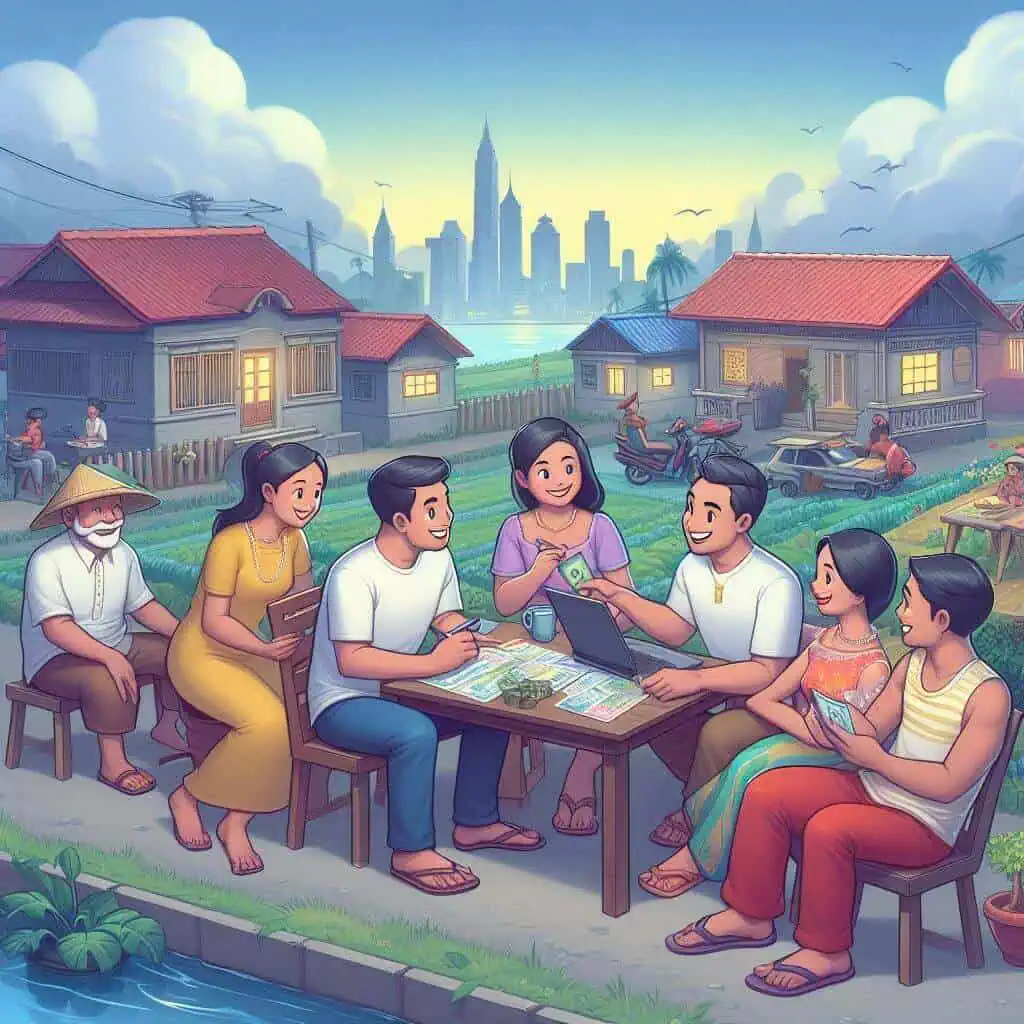In criminal and family law, the novel concept of Battered Woman Syndrome (BWS) vis-à-vis self-defense has been a controversial topic. Republic Act No. 9262, otherwise known as the Anti-Violence Against Women and Their Children Act (“VAWC”) puts into law this concept and states:
SECTION 26. Battered Woman Syndrome as a Defense. – Victim-survivors who are found by the courts to be suffering from battered woman syndrome do not incur any criminal and civil liability notwithstanding the absence of any of the elements for justifying circumstances of self-defense under the Revised Penal Code.
In the determination of the state of mind of the woman who was suffering from battered woman syndrome at the time of the commission of the crime, the courts shall be assisted by expert psychiatrists/ psychologists.
Hence, under Philippine laws, even if the elements of self-defense are not present, a woman suffering from BWS shall not be criminally and civilly liable.
In People vs. Genosa, G.R. No. 135981 January 15, 2004, the Philippine Supreme Court, for the first time, elucidated on the concept of the BWS.
In this case, a woman shot her husband because her husband was beating her. She was not only defending herself, but also her fetus, since she was 8 months pregnant. In this case, the woman was raising the defense of BWS. Thus, the Supreme Court defined a battered woman as a woman “who is repeatedly subjected to any forceful physical or psychological behavior by a man in order to coerce her to do something he wants her to do without concern for her rights.
In order to be classified as a battered woman, the couple must go through the battering cycle at least twice. The usual traits of a battered woman are low self-esteem, traditional beliefs about the home, the family and the female sex role; emotional dependence upon the dominant male; the tendency to accept responsibility for the batterer’s actions; and false hopes that the relationship will improve. Specifically, the battered woman syndrome is characterized by the cycle of violence, which has three phases: (1) the tension-building phase; (2) the acute battering incident; and (3) the tranquil, loving (or, at least, nonviolent) phase.
In the tension-building phase, there is minor battering whereby the woman allows herself to be abused for abuse which she considers minor. She thus tries to pacify the batterer through a kind and nurturing behavior or by simply staying out of his way to prevent the escalation of violence. This is a slippery slope because the woman harbors the belief that the man has the right to abuse her in the first place.
The second phase acute battering incident is characterized by brutality and destructiveness whereby the woman has no control and it is only the batterer that may put an end to the violence.
The final phase of the cycle of violence begins when the acute battering incident ends. During this tranquil period, the batterer may show a tender and nurturing behavior towards his partner because he becomes conscious of his cruelty and therefore tries to compensate by asking for the woman’s forgiveness and giving empty promises of never repeating the assault. On the other hand, the battered woman falsely convinces herself that the battery will never happen again, that the batterer will change and that this “good and caring man” is the real person whom she loves.
In a twisted reality, a battered woman usually believes that she is the sole anchor of the emotional stability of the batterer. She thus feels that she is responsible for the batterer’s well-being. In addition, she believes that she is the reason why the batterer commits his atrocious acts. Thinking that her acts are wrong, she feels that she has caused the unfortunate events to happen. This is the phase where the woman is tormented psychologically.
In the Genova case, the Supreme Court enunciated that the “illusion of absolute interdependency is well-entrenched in a battered woman’s psyche. In this phase, she and her batterer are indeed emotionally dependent on each other — she for his nurturant behavior, he for her forgiveness. Underneath this miserable cycle of “tension, violence and forgiveness,” each partner may believe that it is better to die than to be separated. Neither one may really feel independent, capable of functioning without the other.”
Hence, in view of the recurring cycles of violence experienced by woman, she believes that she is responsible for the violent behavior of her partner and that the batterer is capable of killing her. Thinking that there is no escape, a battered woman feels hopeless.
In the Genova case, the woman was not able to prove the BWS because she was unable to establish that in at least another battering episode in the past, she had gone through a similar pattern. Hence, she was sentenced to imprisonment of six (6) years and one (1) day to 14 years 8 months and 1 day as maximum. Since she has already served the minimum period, she may now apply for and be released from detention on parole.
The concept of BWS is an interesting development in Philippine law. Its application to prevailing circumstances has yet to be observed and tested.
Nicolas & De Vega Law Offices is a full service law firm in the Philippines. You may visit us at the 16th Flr., Suite 1607 AIC Burgundy Empire Tower, ADB Ave., Ortigas Center, 1605 Pasig City, Metro Manila, Philippines. You may also call us at +632 4706126, +632 4706130, +632 4016392.









